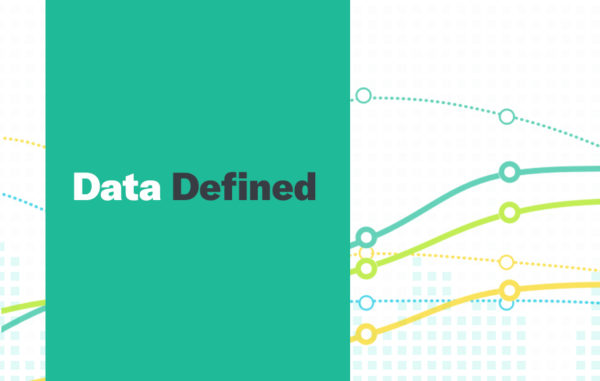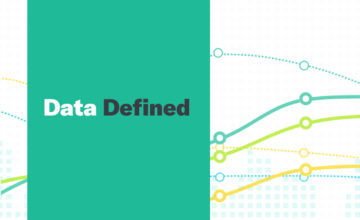Cache Defined
A cache is a hardware or software process that is used to store data, temporarily in a computing environment. The purpose of this process is to store the data collected so the site, browser or app, doesn’t need to download it every time it is used or visited. It is used because main or bulk storage does not have the capability to keep with the demands of clients.
The most common use of a cache is a browser cache. Web browsers, use a this as a way to improve performance of frequently accessed web pages. When a user visits a web page, the requested files are stored in the computing storage in the browser’s cache. Once the browser has found the requested data, it is called a ‘cache hit‘. The percent of attempts that result in hits is known as the ‘cache hit rate‘ or ratio.
There are benefits of caching, including, shortening data access times, reducing latency and improving input/output. More specifically it:
- Makes the applications faster and more efficient because the data is stored as locally as possible.
- Generates loading of websites or browsers, as the data can be accessed quickly due to it being stored in a local folder.
- Shortens data access times, reduces latency and improves input/output.
In Data Defined, we help make the complex world of data more accessible by explaining some of the most complex aspects of the field.
Click Here for more Data Defined.


